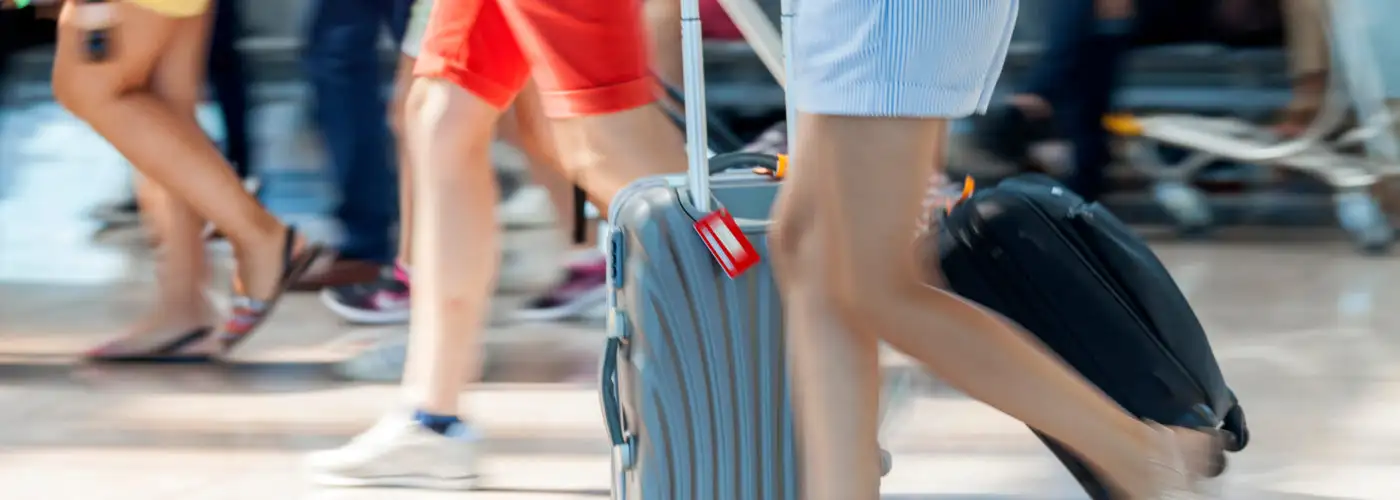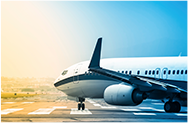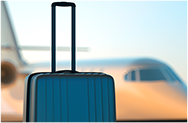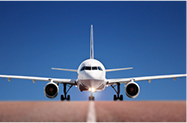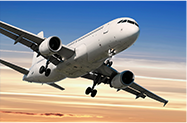Long lines pile up at airports worldwide as departure boards flash red with hundreds of delayed and canceled flights. Travel is back, and the airline industry wasn’t ready for it. Staffing shortages, sold-out flights, and weather have created chaos this summer.
If you’re flying this summer, you need to be prepared for a rough ride. Here’s what you can do to prepare.
Don’t Check a Bag
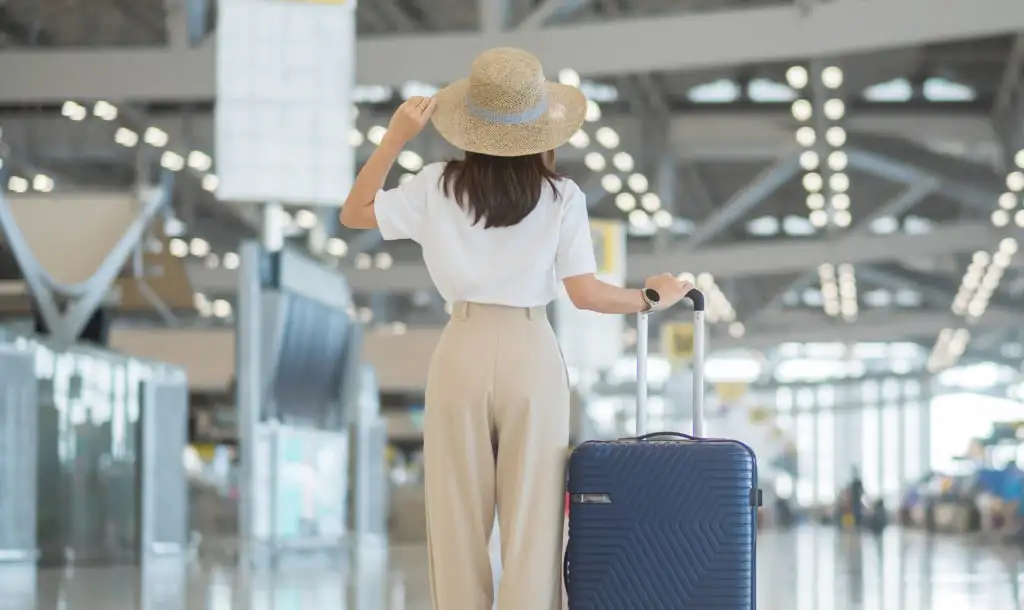
Thousands of bags piled up on the floor of London’s Heathrow airport after technical issues and a labor shortage resulted in luggage not being loaded onto departing flights. A shortage of baggage handlers increases the odds of your suitcase getting lost or mishandled during this busy travel season.
Additionally, if your flight is delayed, you won’t be able to switch on to an earlier flight if you’ve already checked a bag. Flying with just a carry-on will also save you time since you’ll be able to skip long baggage drop lines, so you can check in online and head straight to your gate.
Arrive at the Airport Earlier Than Normal
Lines at some European airports are so long that they are stretching out of the terminal—and travelers who have arrived two hours before departure are still missing their flights. Arrive at the airport earlier than you usually would, so that you have plenty of time in case of long lines.
Pack Your Own Food and Drinks
Staffing shortages and supply chain issues have impacted airport restaurants as well. Flyers many find long lines at airport eateries and limited items to choose from. Plus, if you’re stuck in a huge security line, you might not even have time to grab food before you board. Better to be prepared and pack your own food, plus a water bottle to fill up once you’re past security.
Be Prepared

Before you leave, download the app for the airline that you’re flying on. This will be the fastest way for you to be alerted to delays and cancellations, and will give you an easy way to reschedule your flight yourself without having to wait on hold (or in line) to talk to a person.
Save the contact information for any hotels and rental cars that you’ve booked so that you can easily make any changes necessary due to a delay. I recommend creating a Google Doc for your trip that has all your contact information and confirmation numbers in one place, so you can see it all at a glance.
If you have limited vacation time (and the ability to work remotely), you might want to pack your work laptop in case you get stranded somewhere and need to work.
Leave a Buffer
When booking summer travel, don’t assume that anything will be on time. If you have a connecting flight, leave extra time in between in case your first flight is delayed. Traveling for something with a hard deadline (like a wedding or cruise)? You’ll definitely want to build in a buffer and plan to arrive a day or two before you actually have to be there.
This also applies to your return flight—if you absolutely have to be back at work on Monday, plan to come back on Saturday instead of Sunday.
Opt for Early Morning Flights
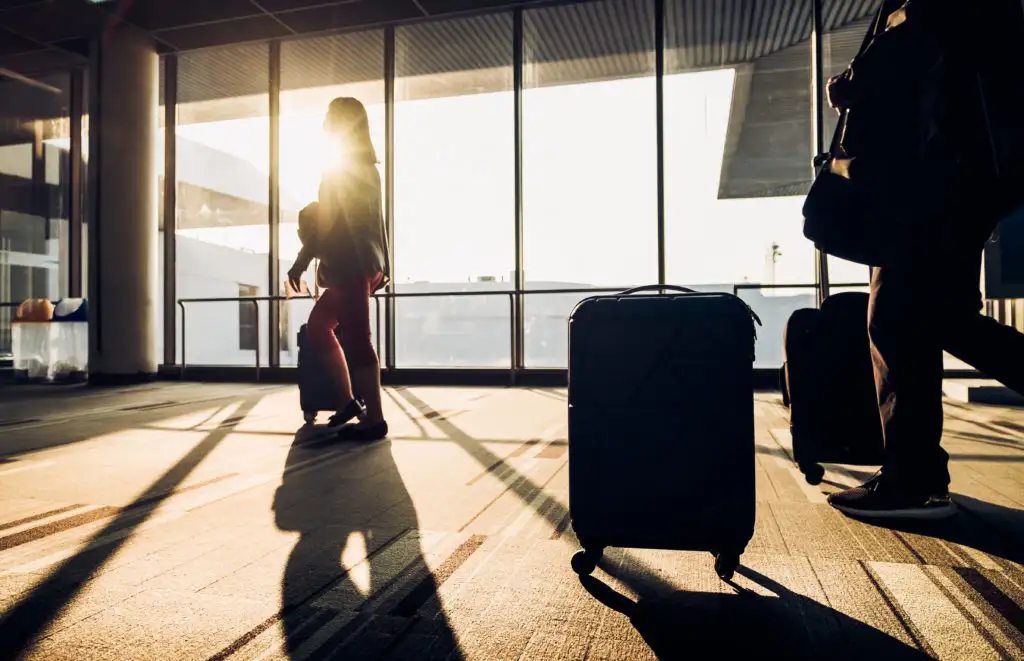
According to data from the Bureau of Transportation Statistics (BTS), flights scheduled to depart between 6 and 7 am are the least likely to be delayed. Flights later in the day are more likely to be delayed due to a cascading effect—where each delayed leg impacts the next flight.
Watch the Forecast
Weather delays and cancellations don’t just happen in the winter—summer thunderstorms have a big impact on flights. If a major storm is forecasted, airlines will issue a free change notice, and you might be able to preemptively change your flight if it looks like it could be impacted by weather.
You Might Also Like:
• CrowdStrike Outage Causes Thousands of Flight Cancellations and Delays• Airport Security Frequently Asked Questions
• Save 30% on Southwest Airlines for Prime Day
• 8 Tips from a Flight Attendant’s Daughter to Save Money on Your Next Flight
• The Best and Worst US Airlines for Lost Luggage
We hand-pick everything we recommend and select items through testing and reviews. Some products are sent to us free of charge with no incentive to offer a favorable review. We offer our unbiased opinions and do not accept compensation to review products. All items are in stock and prices are accurate at the time of publication. If you buy something through our links, we may earn a commission.
Related
Top Fares From
Today's Top Travel Deals
Brought to you by ShermansTravel
France: 8-Night Paris, Avignon & Nice...
Infinity Worldwide Vacations
 vacation
$2880+
vacation
$2880+
Poconos: 3 Nts in Garden of...
ResortsAndLodges.com
 hotel
$305+
hotel
$305+
7-Nt Canada & New England Cruise,...
Princess Cruises
 cruise
$839+
cruise
$839+
